Few authors today navigate the evolving landscape of digital storytelling quite like Maxime J. Durand. Known to readers across platforms as Void Herald, Durand has carved out a unique space in the fantasy and LitRPG genres, building dedicated followings through serial web fiction before expanding into traditional publishing and beyond.
With the recent release of The Flower War, the fourth installment in his acclaimed Blood & Fur saga, and the exciting news that his time-loop superhero series The Perfect Run has been selected for Sony’s MENA PlayStation Hero initiative, Durand stands at a fascinating crossroads of traditional and emerging media.
His journey from Royal Road web novels to PlayStation development represents more than just personal success, it’s a glimpse into the future of how stories might be told and experienced. From the Aztec-inspired dark fantasy of Blood & Fur to the post-apocalyptic comedy of The Perfect Run, Durand’s works span genres while consistently exploring themes of power, rebellion, and the consequences of our choices.
In this interview, we dive deep into his creative process, the challenges of adapting stories across different mediums, and what it means to be pioneering new paths in an industry that’s rapidly evolving. Whether you’re a longtime fan of his work or curious about the intersection of literature and gaming, Durand’s insights offer a compelling look at where storytelling is headed.
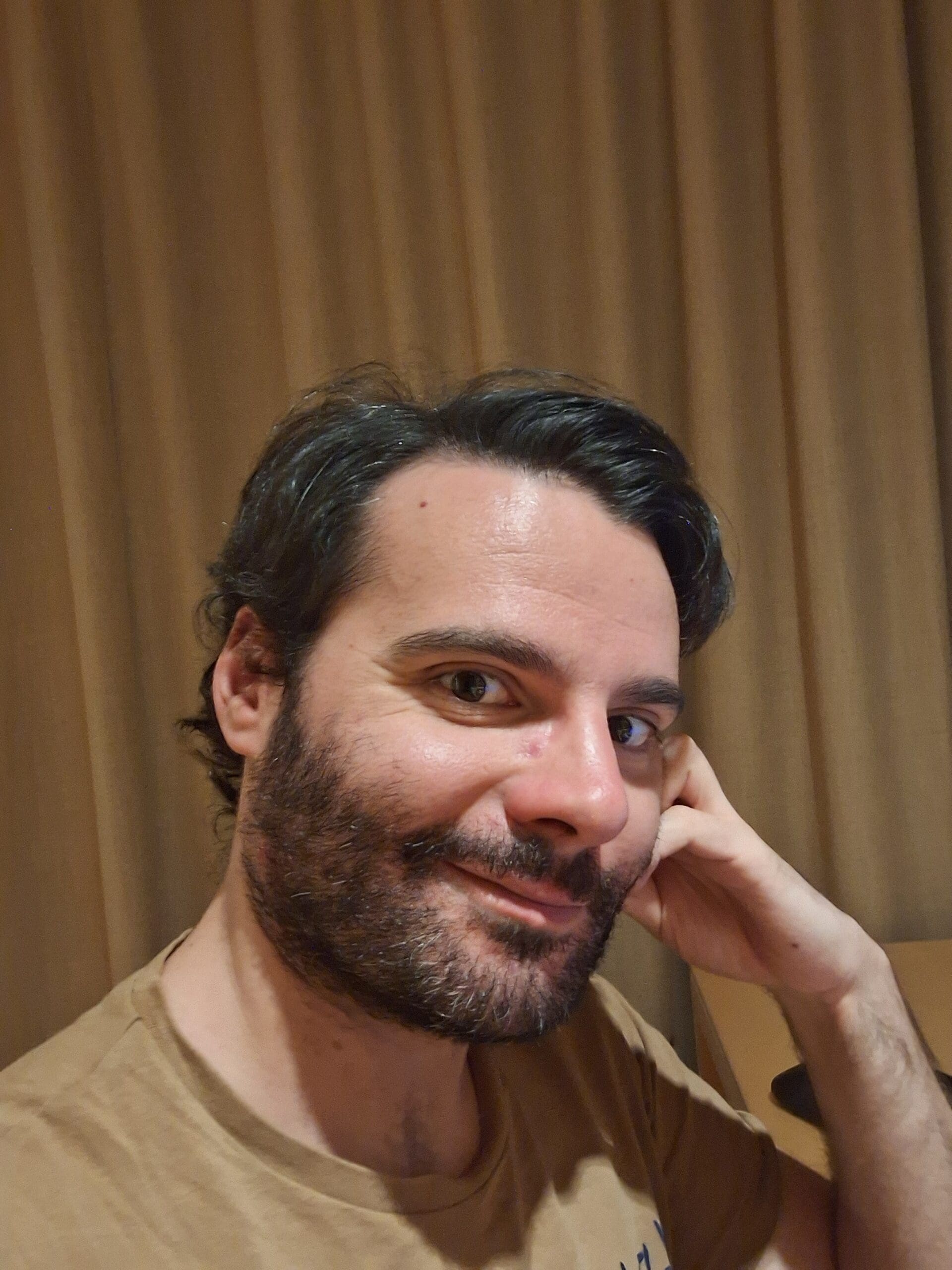
The Flower War, released this June, is Book 4 in the Blood & Fur saga. Looking back at the first three books, were there key moments or decisions early on that set the stage for the events in The Flower War?
I set the stage for The Flower War very early in book 1 when Iztac engineered a crisis between his empire and the rival Sapa Empire in order to bleed out his vampiric masters and exploit the chaos for his own gain. This was very much the first time Iztac began to do horrible deeds for what he perceived as the ‘greater good’ and The Flower War is the book where he reaps what he has sown; for good or ill. This volume is very much the moment when Iztac is finally forced to confront the consequences of his actions and self-reflect.
This latest installment in the series takes Iztac to a whole new level of power and rebellion. With Iztac’s godlike powers, it could be easy for readers to feel like nothing is truly at risk. How do you make sure the stakes still feel high and the story thrilling?
Well, through escalation! More seriously, Iztac might have godlike powers but so does the opposition; the entire series was about him gaining enough knowledge, sorcery and allies to confront Nightlords like Sugey in battle, and she’s not the strongest of her group. For all the challenges she provides, she’s only a stepping stone towards even worse foes.
Moreover, I was also careful to put another kind of pressure; namely that every Nightlord slain brings their father, the dreaded night deity of Yohuachanca (whom they betrayed and sealed) closer to freedom; so part of the challenge for Iztac is figuring out how to defeat his foes while delaying the inevitable apocalypse that will follow once all his mortal foes are slain.
Ruthless and unrestrained, Sugey, the Bird of War, makes for a fascinating antagonist. What inspired her characterization, and how do you make such formidable villains feel real and compelling?
Sugey drew inspiration from two major sources: like all characters in Blood & Fur she’s based on real mesoamerican practices (flower wars being localized engagements to bleed out enemy states without risking a full scale engagement and a way for supernumerary sons to capture slave concubines for marriage). I feel the true horror of her actions is that people actually practiced what she preached once upon a time (the Aztec sacrificed over 40,000 prisoners of war to consecrate a grand temple once according to some texts; just imagine the kind of bloody military campaigns it took to gather that number). The second inspiration were a handful of military leaders involved in various ethnic cleansings, like Théoneste Bagosora and Pol Pot.
In general, I created Sugey as a criticism of the ‘proud noble warrior’ archetype. There’s regularly certain characters in fantasy works that preach that war is glorious, that it brings the best out of mankind, that it makes a show of respecting enemy warriors and condemning cowards… Well, Sugey has all the trappings of that archetype, but twists them. She ‘respects’ enemy warriors by letting them go after murdering their families so they’ll fight harder, she pretends to fight fairly when being a powerful vampire demigoddess rampaging through humans who can’t possibly match her, and uses war as a tool of ethnic cleansing. I mean, her transformation is a vulture; a literal animal war profiteer.
In short, I feel she feels compelling because she embodies the ugliness of war distilled into one ugly bird of carrion; the shoulder devil that whispers in the ear of so many would-be warmongers even today.
Progression Fantasy often involves careful pacing of character growth. How do you plan Iztac’s development across a series while keeping each book satisfying on its own?
I always begin my novels with the end in mind and set in stone, so I know where to go; the ending I wrote for the fifth and final book (currently completed on Patreon) was the same I imagined when I started the series over a year and a hundred-twenty chapters back. It was more of a question of which milestones Iztac would encounter on his way to the end. I was careful to roughly time each volume or so to an Underworld layer where Iztac would confront a different problem (in the first, it was discovering the truth about the world he lived and magic; in the second, he had to undergo fear-themed trials and deal with his family; the third is themed about morality tests and so on) so each volume brought different challenges than the previous.
I would say that Blood & Fur also benefitted from a first person narration in that I spent the entire series in Iztac’s head (to the point writing a third person interlude felt like a chore after 100+ first person chapters), so readers were trapped with his doubts, confusion, and biases. It really got people invested in his character development.
Your worlds mix magic, empires, and supernatural creatures. How much of your worldbuilding is meticulously mapped beforehand, and how much evolves organically as you write?
I spent like 70% of preplanning on worldbuilding, 25% on characters, and the rest on a basic outline (if at all). Blood & Fur was special because the idea came to me while I was on an Aztec culture reading binge (history reading is a big hobby of mine) so a lot of the world and culture was heavily based on my research on mesoamerican and precolumbian empires, though with a fantasy twist like vampires and dinosaurs. I feel the story comes out organically once the world’s elements inevitably collide.
However, I also always keep the right to get a better idea down the line so some elements like the Underworld layers were heavily influenced by my experiences after I started the series (The Flower War’s third Underworld layer was heavily inspired by the works of Dutch artist Hieronymus Bosch after I discovered him).
Your series often explores rebellion and challenging authority. Are there personal or philosophical ideas that influence these themes?
Not particularly? I also wrote about authority figures or kingdom builders like Kairos, Vainqueur or more recently Board & Conquest. I would say it depends on the story, and I’m particularly pushing any political agenda. All in all, I feel a political system matters less than the people in charge at a moment in time and their culture. When it comes down to it, a constitution is a piece of paper; the strength of its laws and freedoms come from the willingness of citizens to defend them when it can cost them to do so. Authority by itself isn’t a bad thing; it just depends on who wields it.
So I would say it’s less that I’m anti-authority and more that I’m anti-unjust authority.
However, I do concede Blood & Fur is very much a story about freedom, since it’s all about Iztac’s attempts to cast down false gods and rebelling against the slavering, oppressive and expansionist empire he was born in. It’s very much the story of a slave revolt in a way.
Your stories span novels, LitRPG, and now interactive experiences. How does your approach to worldbuilding or character development shift when moving between these different mediums?
I would say it depends less on the medium, and more its consumer.
As in, LitRPG is a genre where readers want to see stats going up, progress, power. They’re in it to see a main character (and I say one, because splitting the focus is a make or break in too many cases) ascend in power through the world. In those cases I focus on designing in-depth systems so that readers can always receive a sense of progression from like a new skill or item. These readers are in it to see the System more than the world, and hence the former must be at the core of the latter.
By contrast, most non-LitRPG novel readers are usually looking for something beyond pure progression; The Perfect Run focused a lot more on the core cast and character dynamics because while readers were invested in the main character’s progress, they also wanted to hear more about the character than, say, classes. This opens more opportunities to focus on the world rather than the power system.
Finally, games are fundamentally different because you have the benefit of interactivity. Players can see the world rather than imagine it, hear things, and choose to deviate from the script; so the worldbuilding has to focus more on the environment than the scenario itself. In short, the world has to tell its story the same way going through Pompei’s ruins will give you a pretty good idea of what happened there, rather than have the characters tell it to the player directly.
We were thrilled to hear that your series The Perfect Run has been selected as part of Sony’s MENA Playstation Hero initiative. What a milestone! What has the journey been like taking one of your stories from web novel, to published series, and now to game, and how involved have you been in shaping the gameplay experience?
Thanks, and it’s been thrilling!
For the journey, it started roughly a year ago when I met Lanterns Studios’ CEO Jihed Jaouabi (who I had already befriended through a mutual acquaintance and kept in touch with) to expand my various brands into video game format. I always wished to branch out further from books and audiobooks, the same I pioneered webnovel to webtoon adaptation with Tapas on Vainqueur. I’m something of an avid gamer myself (I actually developed a RPG maker game back in high school), so it felt like a logical step. After some consideration we decided that The Perfect Run would probably be the best property to adapt and we set out to make a game out of it.
I co-funded and supervised the demo’s development with the goal of then presenting it to a publisher, which we did at the Gamescom 2024. We met some of Sony’s people there, learned of the MENA initiative, and things snowballed from there.
As for the gameplay, I’m heavily invested in it to ensure it’s both enjoyable and true to the books. I wasn’t willing to support a game I would not enjoy playing myself, so I’ll make sure it’ll be as good as it can be in our circumstances.
Looking ahead to the 2028 launch, what excites you most about seeing players experience The Perfect Run firsthand, and are there aspects of the story you’re particularly eager for fans to explore in the game?
I’m enthusiastic about people who never read the book discovering the novel in another format, the same way many people never knew about the Witcher until they played the trilogy. I suspect it will bring the book and universe closer to the spotlight for many people.
Otherwise, I’m enthusiastic about people exploring new endings. Since The Perfect Run game is nonlinear due to its timeloop mechanic, the player will have the option of changing the fate of New Rome and its characters compared to the novel.

Coffee, tea, or something stronger while plotting wars and time loops?
Ah! Well, I’m addicted to coffee, though I’ve been slowly reducing my intake now that I’m following a dental treatment. I do feel sleep quality (and especially isolation) is ten times more important for productivity than coffee itself though; a good rest makes a world of difference.
If The Perfect Run game had a crossover character from Blood & Fur, who would fit best?
Honestly I feel the two worlds are simply too different for a meaningful crossover (one being a modern postapocalypse superhero comedy and the other an Aztec-themed dark fantasy), but if I had to do a crossover, I would have Iztac himself be a cameo boss of some kind (I dunno, like a multiversal tournament). Who knows, maybe you’ll get to see it happen if the game works well and we develop combat DLCs…
Which do you think fans will lose more sleep over: binge-reading The Flower War or replaying The Perfect Run?
It’ll depend on the fan, I suppose 😉 Some of them have bounced off one series but loved the other. I do suspect they’ll lose more sleep over The Perfect Run since it’s a choice/route based game sure to drive any completionist crazy. .
One word that sums up how you feel about this year of releases and announcements?
Truth be told, this year feels a bit mixed.
On one hand, I feel my most recent books and series like Blood & Fur haven’t encountered the success of Apocalypse Tamer and The Perfect Run (largely because I took a pause off LitRPGs to try new stuff), but I’m proud of completing the Blood & Fur series and The Perfect Run being picked by Sony is an immense honor for me. I hope the latter in particular will open the path to future game adaptations in our field, the same way I was one of the first Royal Road writers to get a webtoon with Vainqueur the Dragon and now everyone has one. You just need a few test cases to open the floodgates.
Get Maxime J. Durand‘s amazing series, Blood & Fur, available on Amazon
They pissed off the wrong soldier…
To survive, this sorcerer must gain the power to destroy the Gods…
Each year, the Nightlords choose a new Emperor to rule Yohuachanca. Delicious food graces his palate. The realm’s most beautiful women fill his vast palace. Four priestesses counsel him in all matters. The life of an emperor is good, luxurious, and short…
For at the year’s end, he is sacrificed to the Nightlords under the light of the Scarlet Moon.
Iztac is the piss-poor orphan chosen to be this year’s emperor. A sacrifice bound for the altar.
But the Nightlords have made a mistake this time. For Iztac is a sorcerer, whose soul journeys into the secret underworld to plunder the secret spells of the dead. There, in the darkness, hides the power to drag the Nightlords off their throne.
He has a year to find it, or perish for good.
Iztac may not be the first emperor, but he will be the last.

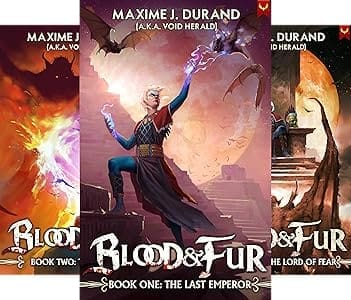
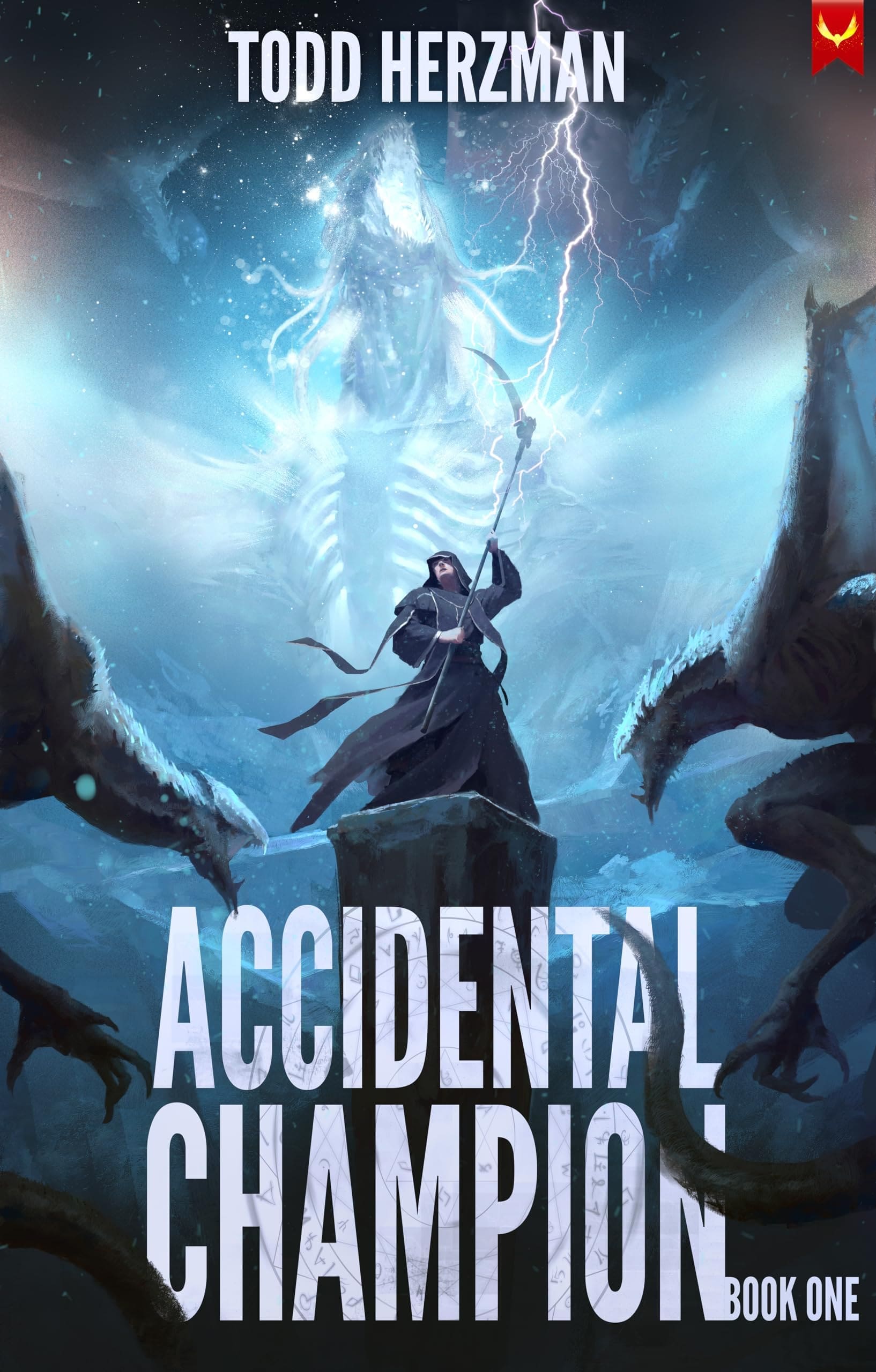
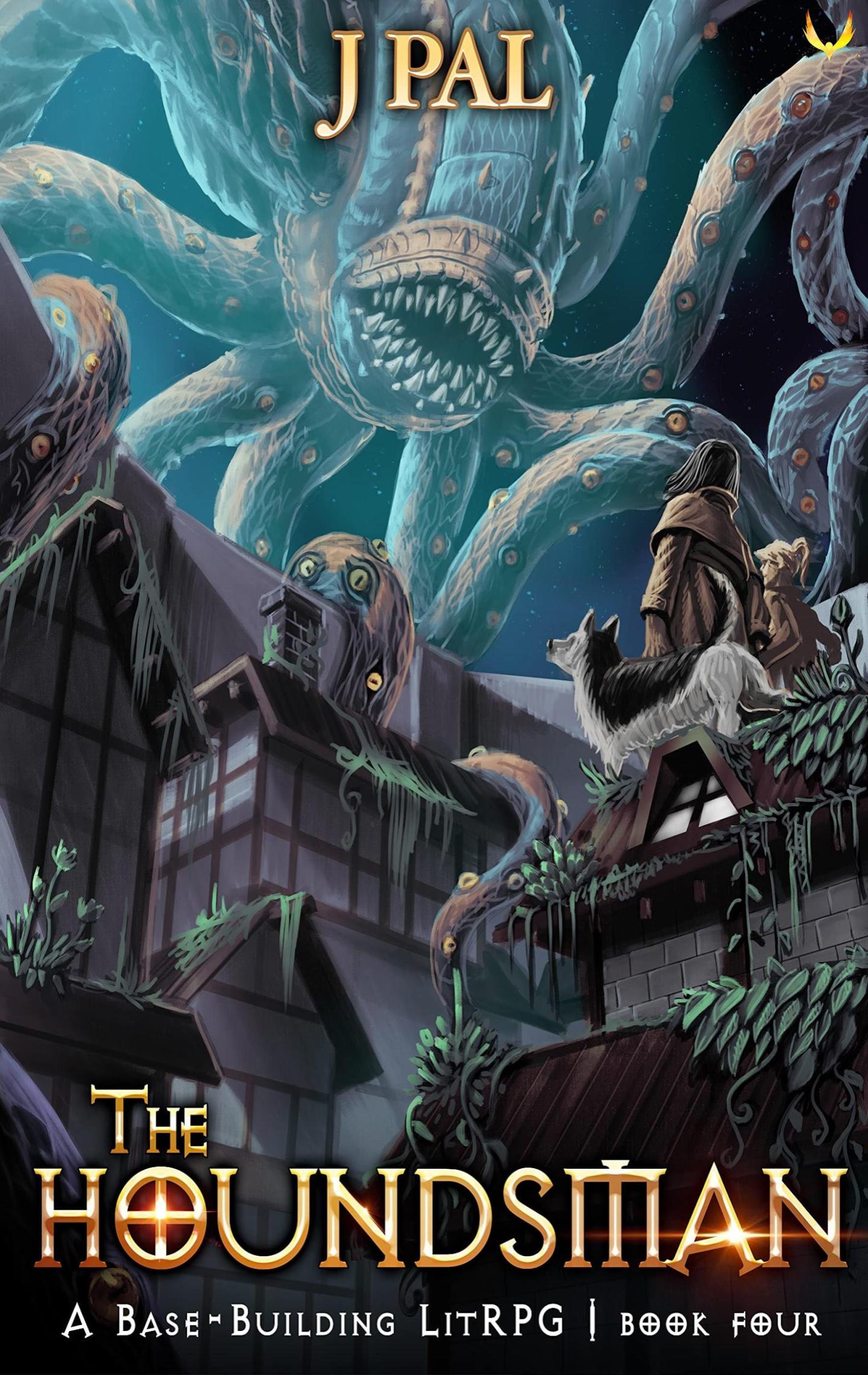
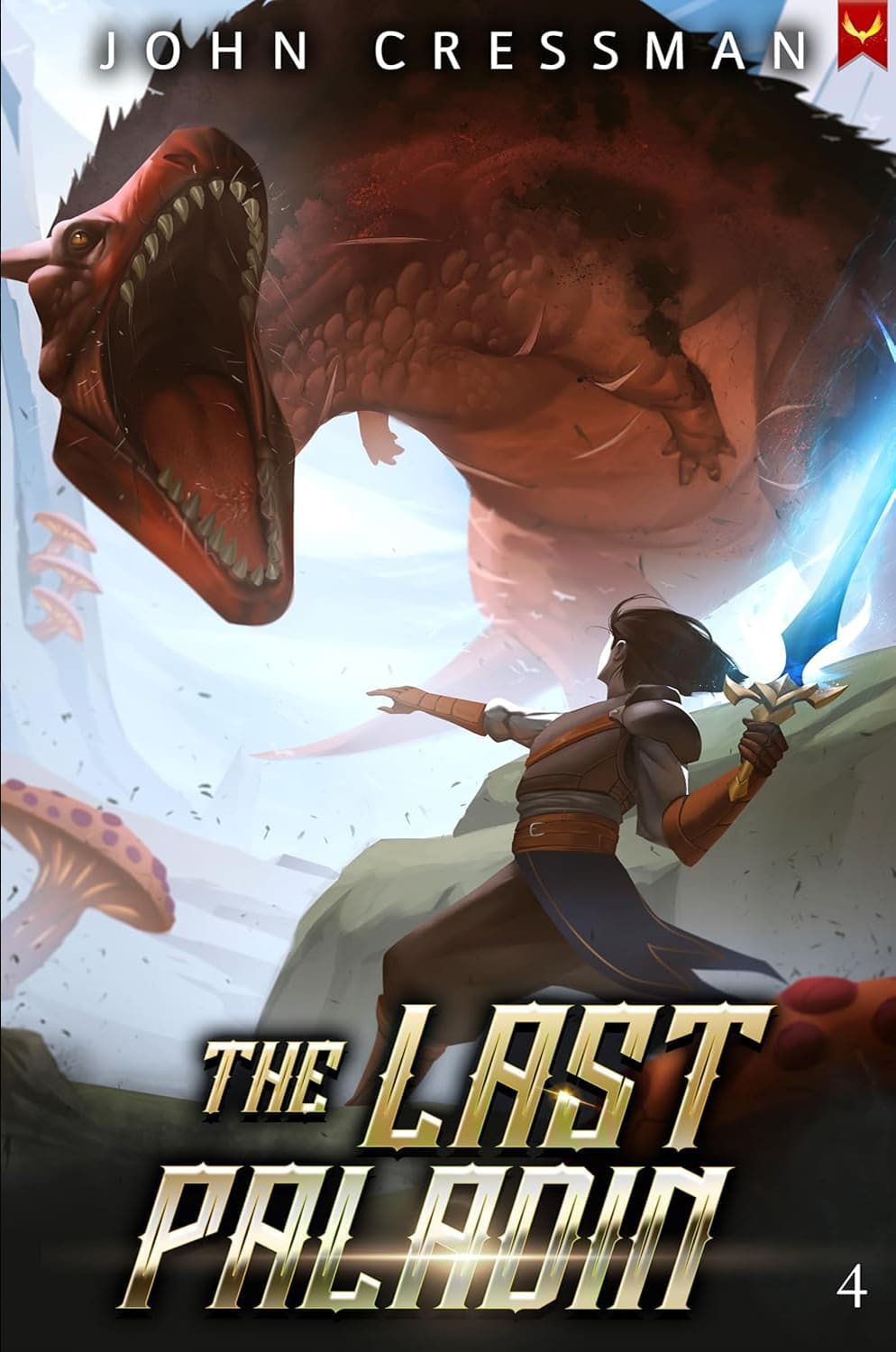
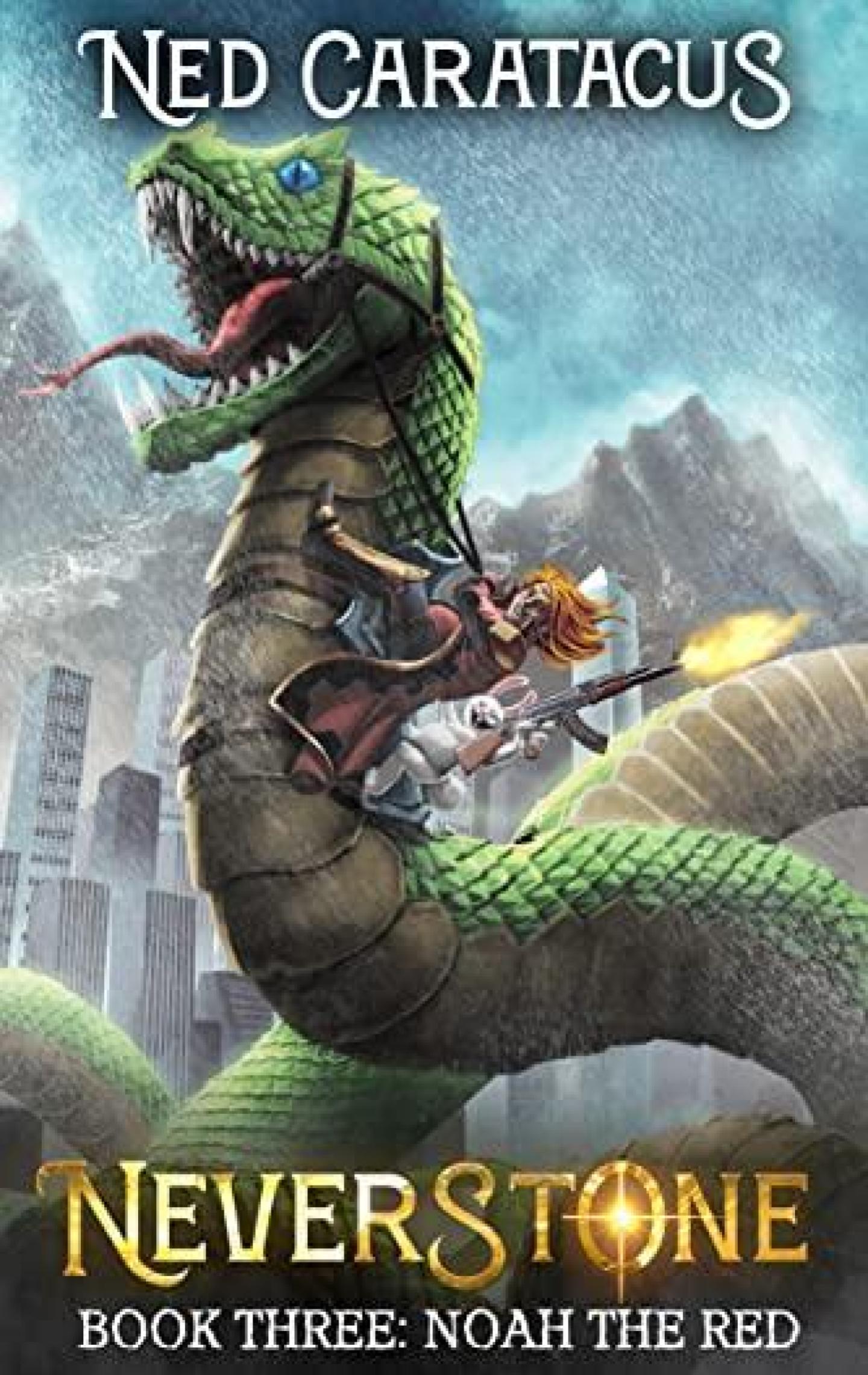
Leave a Reply